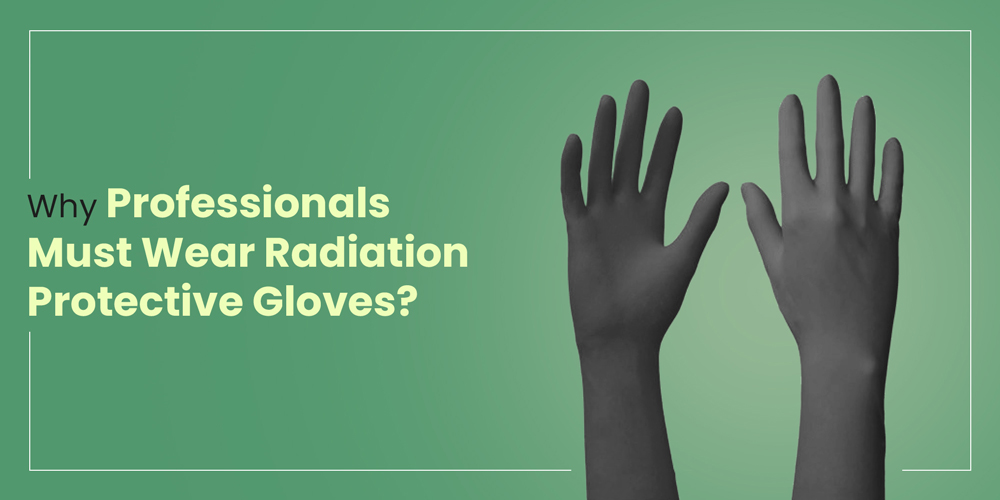In today’s healthcare services, imaging and interventional procedures are in huge demand, and safety against radiation stands out as a hallmark of critical concern. It is more than just precautionary for surgeons and doctors working in radiology labs and surgical suites to use radiation-protective gloves. It is a necessity.
Shielding Hands from Harm
Radiation protection gloves would be used to decrease the scattered radiation exposure during fluoroscopy, angiography, and most minimally invasive procedures. These gloves are made of radiation protection materials that serve as a barrier to significantly reduce the dose of ionizing radiation penetrating through the skin.
Why they are important?
The hands are often free of distance separation from the radiation source as they perform manual activities. They serve as instrument guides and catheter guides. With this type of exposure, one can develop harmful effects such as:
- Radiation-induced dermatitis: Prolonged exposure could redden, peel, and ulcerate the skin.
- Cumulative tissue damage: With time-to-time exposure to radiation upon tissue increases with repeated exposure. As time goes on, risks of tissue injury and radiation burns keep escalating.
- But with a little potential for long-term complications: The extremities (such as the hands) would be viewed as carrying a larger portion of cancers relative to exposure levels.
Patients and professionals will protect each other.
Safety against radiation does not only consider the health care worker-it is also very critical with regard to patient results. Healthy surgeons and radiologists would be focused on their precision without worrying about the effects of their actions; thus, the end patient would receive better care and safer procedures.
When To Wear Radiation Protection Gloves?
Radiation Protection Gloves Find Critical Applications in:
- Fluoroscopy-Guided Procedures: There is exposure to scattered radiation through the hands during fluoroscopy guidance; all orthopaedic, cardiovascular, and gastrointestinal procedures are dependent on such facilities.
- Radiology labs: Many diagnostic and therapeutic procedures, such as stent placements and biopsies, require long exposure.
- Emergent Care: Trauma cases are associated with rapid imaging, leading to increased radiation exposure risk.
The adoption of radiation protection gloves is part of a more extensive commitment to safety in the healthcare environment. By putting best practices in place and using protective gear, doctors and surgeons will be able to protect their health while continuing to provide life-saving care.

